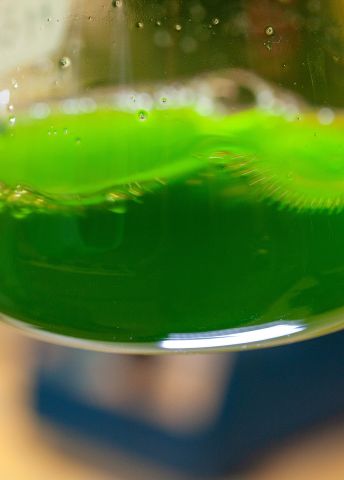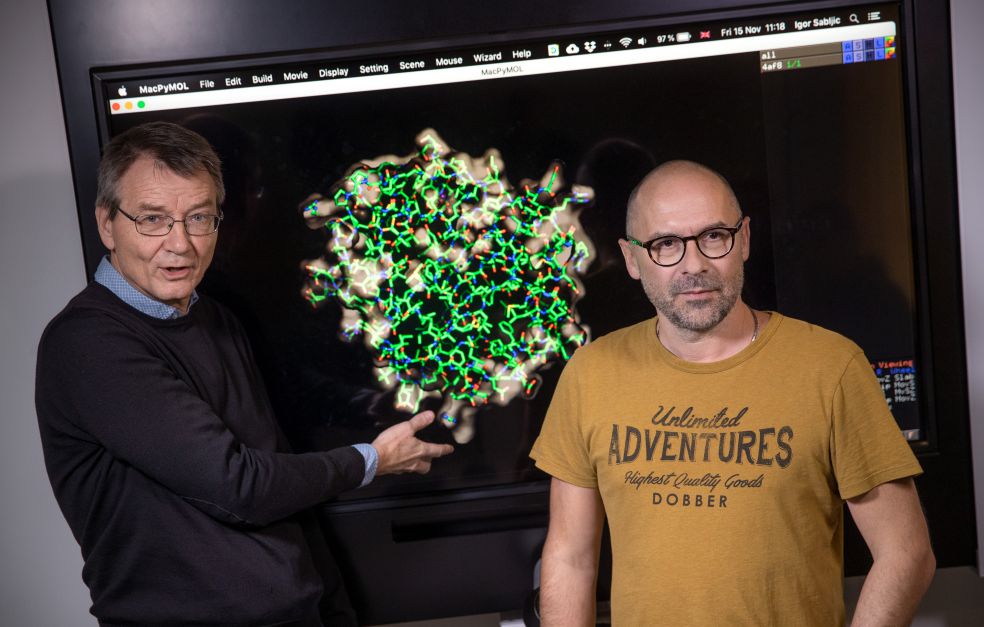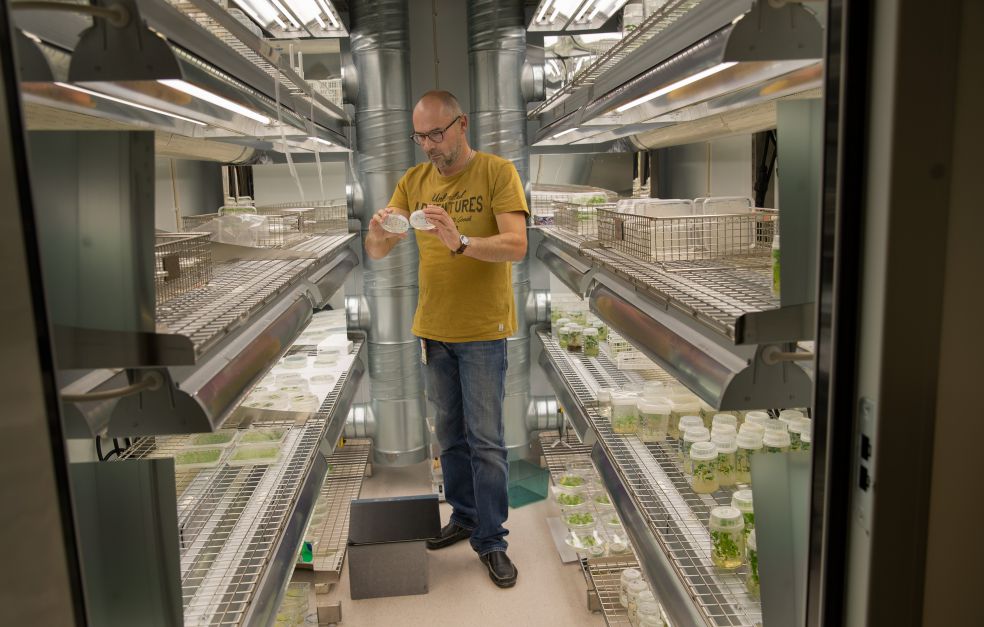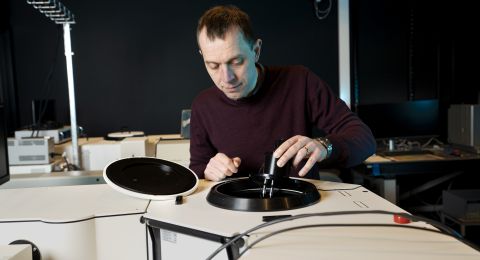
Project Grant 2018
Co-evolution of protease structure and biological function
Principal investigator:
Professor Peter Bozhkov
Co-investigators:
Swedish University of Agricultural Sciences
Panagiotis Moschou
Jerry Ståhlberg
Umeå University
Anna Linusson
Hannele Tuominen
Institution:
Swedish University of Agricultural Sciences
Grant in SEK:
SEK 27,500,000 over five years
Scientists have long been interested in a family of enzymes known as caspases, which have been found to play a major part in human health and diseases. They are crucial for regulating inflammation, programmed cell death, and other fundamental bodily processes. There is huge interest in caspases, as Peter Bozhkov, Professor of Biochemistry at the Swedish University of Agricultural Sciences in Ultuna, near Uppsala, explains:
“A new research paper about caspases is published about once an hour.”
Remarkably, caspases have only been observed in the animal kingdom, and many scientists wonder whether the same functions must not also be present in other organisms.
“Attempts were made to find caspases in plants, for instance, and there was great disappointment when none was found in plant genomes.”
Then the idea was mooted that caspases might have had a precursor that occurred at an earlier stage of evolution. With the help of bioinformatics tools, a research team at Genentech led by Vishva Dixit has managed to identify just such a precursor – a broader and more varied family of enzymes, given the name “metacaspases”.
A secret world of enzymes
“There turned out to be a hidden realm of enzymes, and my research team was the first to uncover the role played by metacaspases in plant biology,” says Bozhkov.
Research has now established that metacaspases are found in all kingdoms of life except animals, and that, like caspases, they regulate truly fundamental processes, such as ageing, cell division, cell differentiation and cell death.
“My team discovered the first biological substrate of metacaspase, and we later found that the corresponding substrate in human cells is cut by caspases.”
While the similarities between functions of metacaspases and caspases may appear striking, the biochemical mechanisms underlying their function are nevertheless fundamentally distinct.
Bozhkov spent several years researching in another field, but his interest in metacaspases was reawakened a couple of years ago.
“We know far too little about how metacaspases perform their tasks, and the time is ripe to take the research to the next level.”
Major study providing fresh insights
Bozhkov is now leading a project funded by Knut and Alice Wallenberg Foundation whose goal is to study metacaspases and create an understanding of their function and the processes in which they are involved.
There are known to be several types of metacaspases, but little is known about their molecular structure. The scientists are keen to find out more about their activation mechanisms, regulation pathways, and different biological substrates. The project will also contribute by developing new tools for studying metacaspases.
“Our strength is that we benefit from interdisciplinary expertise, and there is a growing network of researchers who are interested in the questions we’re tackling.”
From yeast to poplars
Bozhkov believes that biological research becomes diffuse unless it is seen in the light of evolution. For that reason his project is using model organisms representing over a billion years of evolution: from yeast and green algae to trees like spruce and poplar, and plants such as thale cress. It is almost like researching into an evolutionary family tree. Jerry Ståhlberg, one of the researchers in the project, elaborates:
“All plants evolved from green algae, which are thus their ancestors. Yeast, on the other hand, is more closely related to humans.”
Bozhkov’s team will be focusing on a specific unicellular alga.
“We anticipate it will be a good model organism because it has only two metacaspase genes. It’s more complicated to study higher plants because they have so many more metacaspase genes.”
Linked to infectious diseases
The project may also pave the way for entirely new fields of research. One approach involves exploring the links between metacaspases and infectious diseases caused by bacteria and other microbes. Metacaspases have a pathogenic effect, for example in leishmaniasis, a disease caused by an ancient unicellular organism that lives as a parasite, and is transmitted to humans by the bite of infected female sandflies.
“We know that metacaspases are involved in causing the disease, but the molecular details remain a mystery,” Bozhkov comments.
Plant breeding
Another line of research entails breeding plants by modifying metacaspases genetically and chemically. One means of doing this is the Crispr-Cas9 gene editing tool, which enables the scientists to alter DNA and turn off specific enzymes.
The research is being followed with great interest, not least by the Nordic forestry sector. It is known, for instance, that certain metacaspases are involved in cell differentiation in trees. Bozhkov explains:
“So far, it’s in the realms of fantasy, but we are pondering over how annual plants could be transformed into perennials, for example.”
There are myriad possibilities, and interesting findings are expected over the next few years. These may turn existing knowledge on its head.
“Enzyme families of this kind – proteases – have been overlooked for some years, but it is worth pointing out that about three percent of our genes code for proteases, and only a few have a well-known function. This is uncharted territory – waiting to be discovered,” Bozhkov enthuses.
Text Nils Johan Tjärnlund
Translation Maxwell Arding
Photo Magnus Bergström





